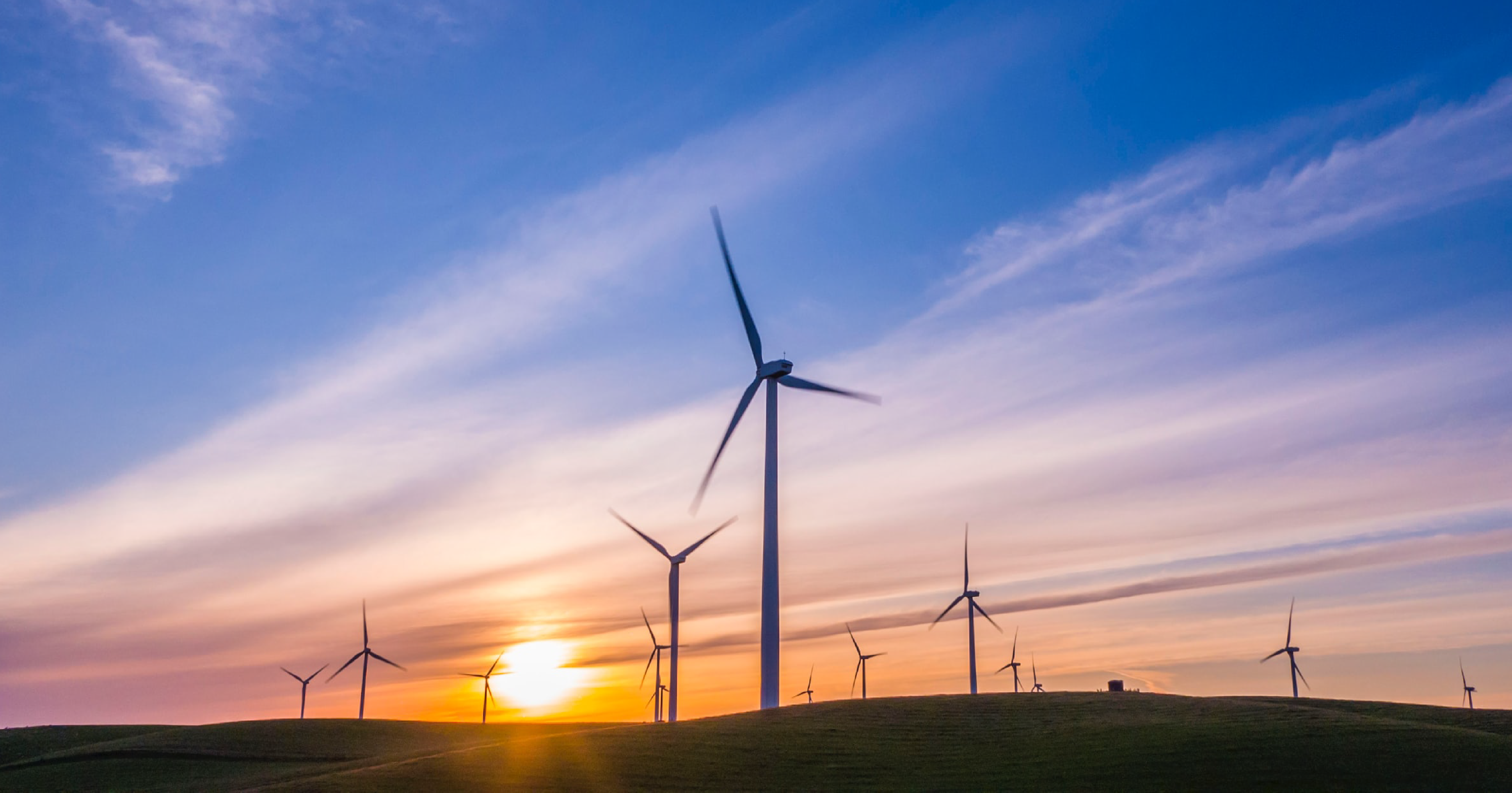What is at Stake for Latin America at the Climate Change Summit?
This year’s climate change summit (COP 26) aims to reach new global consensus to raise investments in renewable energy and accelerate green growth. For Latin America, the challenges are to expand financing to adaptation and mitigation initiatives, become a key player in the still incipient carbon market, and to aim for nature-based solutions.
Despite the strong commitment shown by Latin America in the fight against climate change, COP 26 was called to intensify the ambition of all those involved, which will imply new tasks for countries in the region. And most of them require raising the capital to address adaptation and mitigation initiatives, energy transition and the biodiversity preservation.
In 2019, green finance in Latin America reached almost USD 8 billion, but the financing gap needed for adaptation to climate change was USD 110 billion. According to the International Energy Agency, investments in energy projects need to be doubled globally, up to USD 5 trillion by 2030, to meet the challenge of becoming carbon neutral by 2050. At the same time, we need to invest USD 8.1 billion to protect natural ecosystems and biodiversity by 2050, according to UNEP.
The region also needs to stay ahead of the inevitable transition to clean economies, a global trend in the coming years. There is currently a widespread dependence on fossil fuels, and production and service systems that have low modernization levels, with intensive natural resource usage.
Expectations of Latin America and the Caribbean at COP 26
Given the objectives of COP26, what is at stake for Latin America and the Caribbean? The answer may be summarized in three issues: financing, nature-based solutions, and carbon markets.
In addition, these same countries have been hit hardest by the pandemic, which has further exposed their limited fiscal capacities. For both of these reasons, the region needs support from developed countries in the form of external financing, in order to improve resilience and align economic reactivation strategies with the Paris Agreement goals. The region’s green recovery must be aligned with job creation and economic development.
The carbon markets present for the region an opportunity to sell their greenhouse gas (GHG) reductions or eliminations to other countries and thus obtain financing. Mexico is the only country in Latin America and the Caribbean with an emissions trading system since 2020. While weak regulation of Paris Agreement Article 6 may result in double counting of emission reductions, there are also other points of interest, such as Brazil’s position on the use of past or existing credits under the Kyoto Protocol. The issue of carbon markets will no doubt be widely discussed in Glasgow in November.
CAF at COP 26
CAF’s participation at COP26 will focus on following up on negotiations, providing recommendations for climate action, disseminating progress on action implementation and presenting the most important results in climate project structuring. Efforts will additionally be coordinated with other development banks that are members of the IDFC and multilateral development banks on reporting, climate finance mobilization and climate action issues. Meeting spaces will be promoted among Latin American delegations to identify common interests and strengthen climate finance resource mobilization.
This year in particular, CAF will announce the Green Agenda, the guiding instrument for environmental and climate management for countries in the region. The Green Agenda is presented as a cross-cutting, corporate and inter-institutional coordinating mechanism that promotes the incorporation of nature-based solutions into development, providing facilities for low-carbon, climate change resilient growth, which transcends business indicators and kick-starts a virtuous cycle of green financing. Operationally, the Green Agenda allows CAF to leverage green financing towards the region, thereby reinforcing its catalytic role.
These are CAF’s events during COP 26:
Latin America’s Green Bank
Despite the magnitude of the challenges presented, Latin America and the Caribbean has the potential to redirect its present course. CAF proposes an agenda to become Latin America’s green bank, based on aligning economic sectors to promote social responsibility, environmental sustainability and a low-emission, resilient development approach to climate change.
Under this approach, we are looking to bring about a competitive financial offer that will allow Latin America to become a leading player in global climate action. This might be achieved by mobilizing funds to finance environmental, forestry, water, climate, waste management, energy efficiency, and sustainable agriculture projects. This commitment will be reflected in the green financing approvals from 26% in 2020 to 40% in 2026.
CAF's more recent content

CAF, ECLAC, IDB and PAHO Promote Sustainable Development in the G20
The Regional Organizations of the Americas congratulate Brazil on its successful G20 Presidency, highlighting its leadership on key issues such as poverty, governance, and climate change. They also reaffirm their commitment to actions that promote equity and development in the region.
Urgent Call for Action to Safeguard Caribbean SIDS at CAF Symposium
As the global community grapples with the escalating climate crisis, Caribbean Small Island Developing States (SIDS) are running out of time to secure critical investments and support needed to strengthen their economies and protect vulnerable communities from the intensifying impacts of climate change. With the window to take decisive action rapidly shrinking, CAF - Development Bank of Latin America and the Caribbean, in partnership with the Commonwealth Secretariat and the Antigua and Barbuda High Commission, brought together key stakeholders for a symposium in London to address the critical vulnerabilities Caribbean SIDS face.

